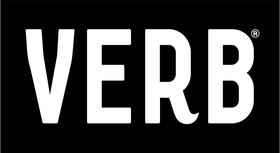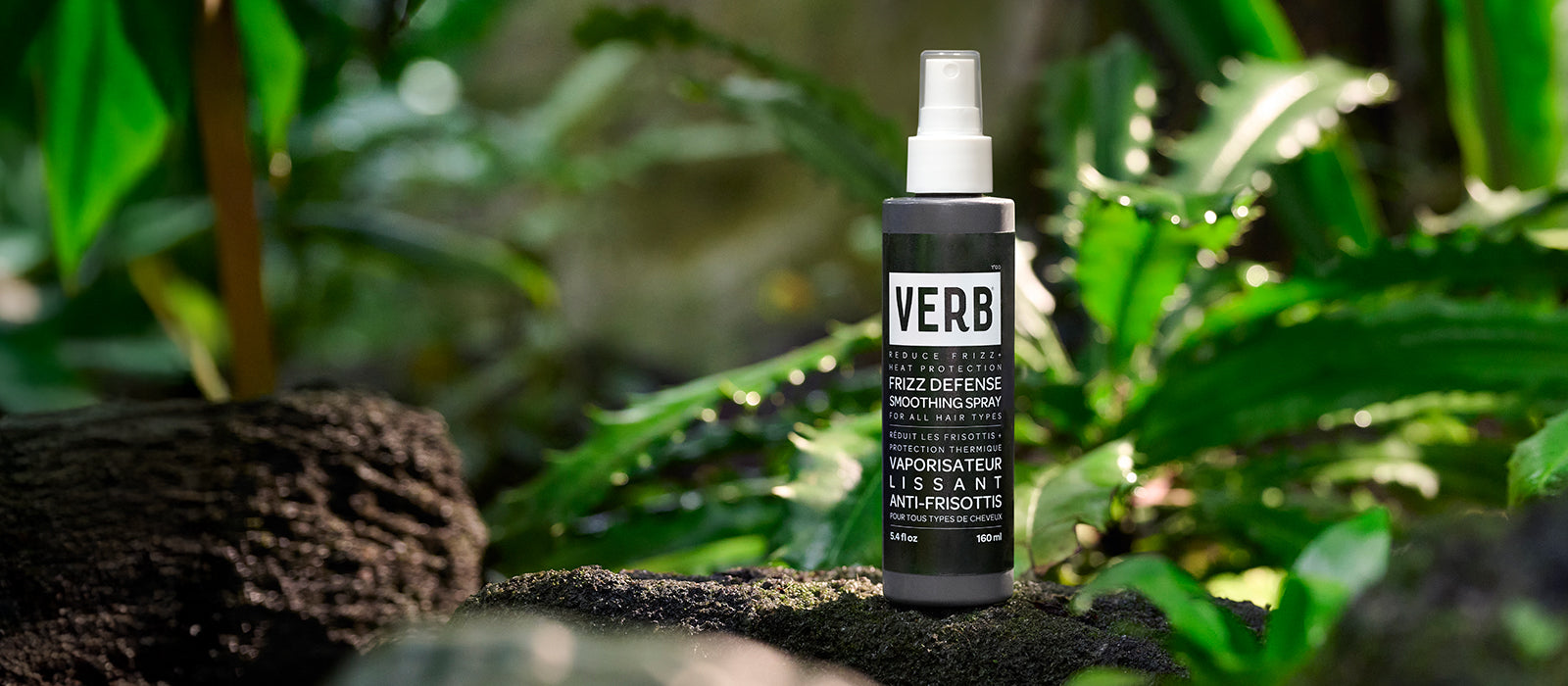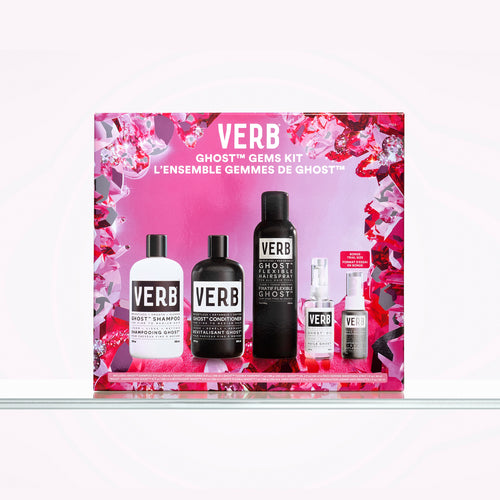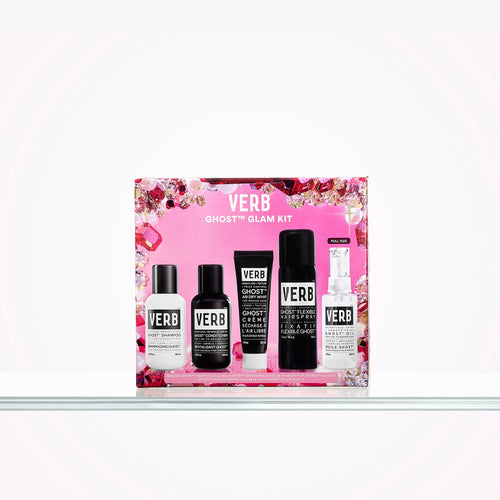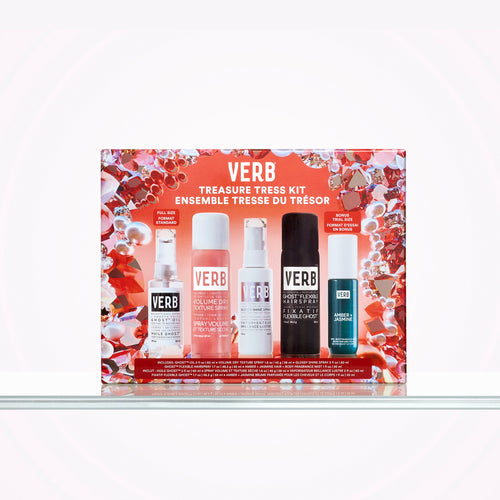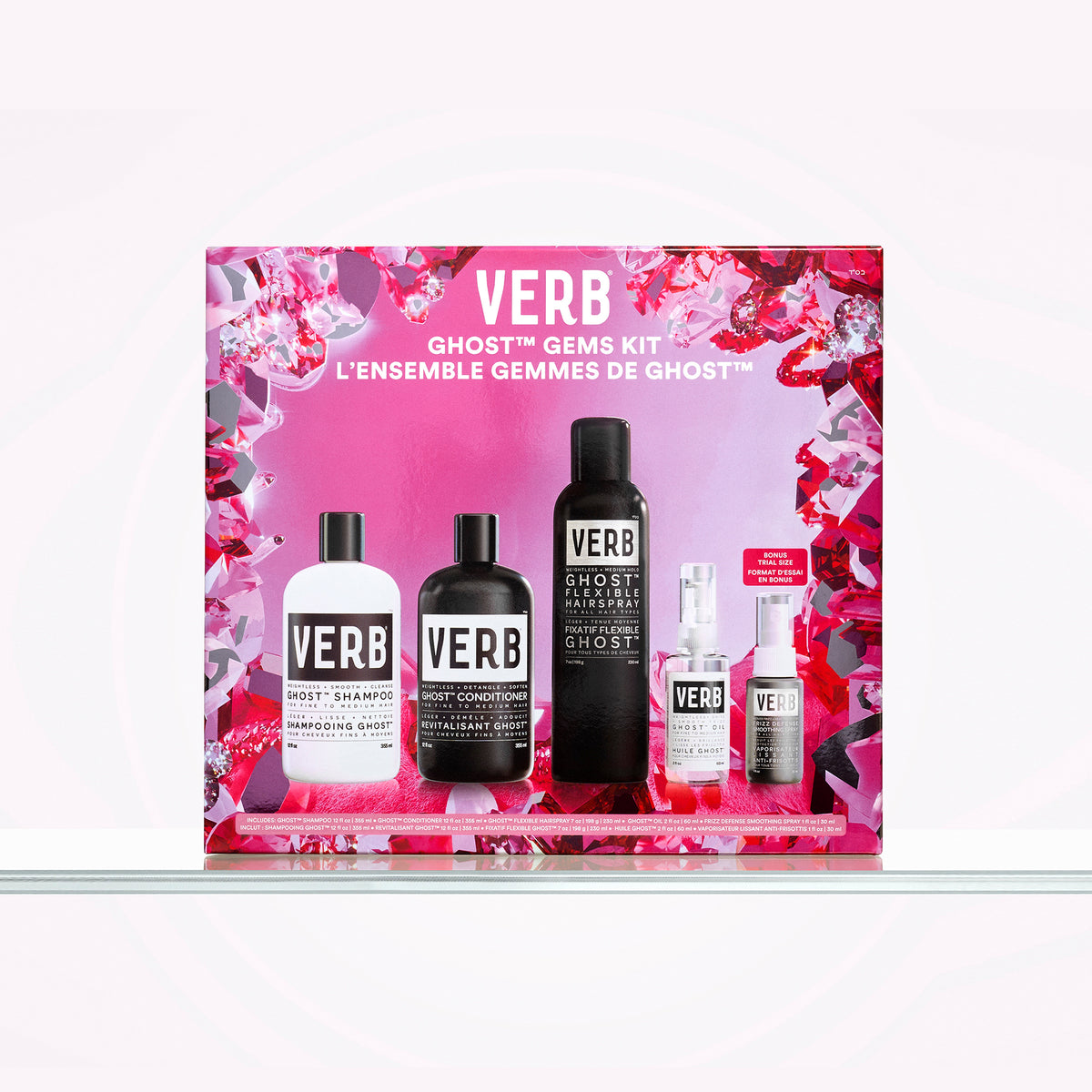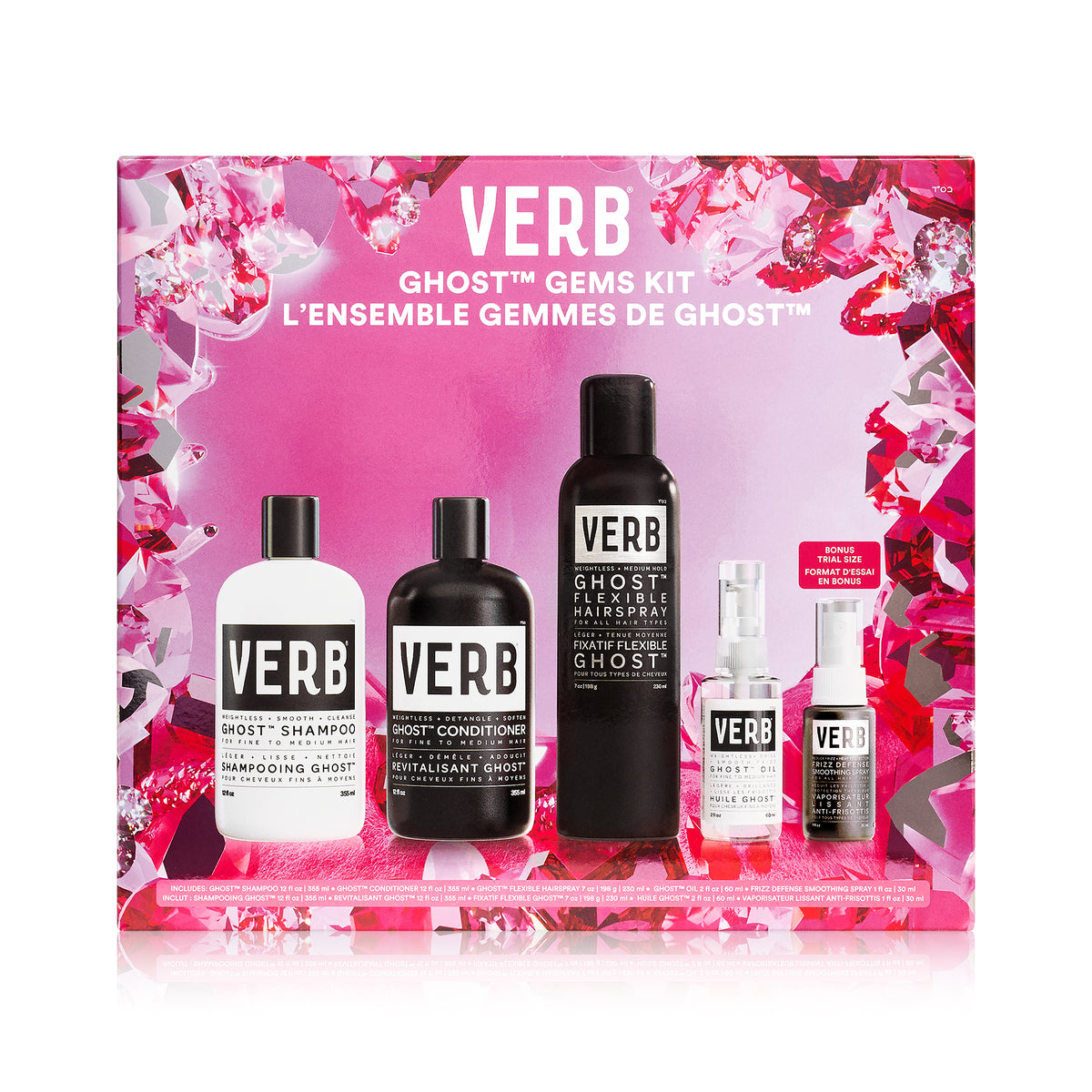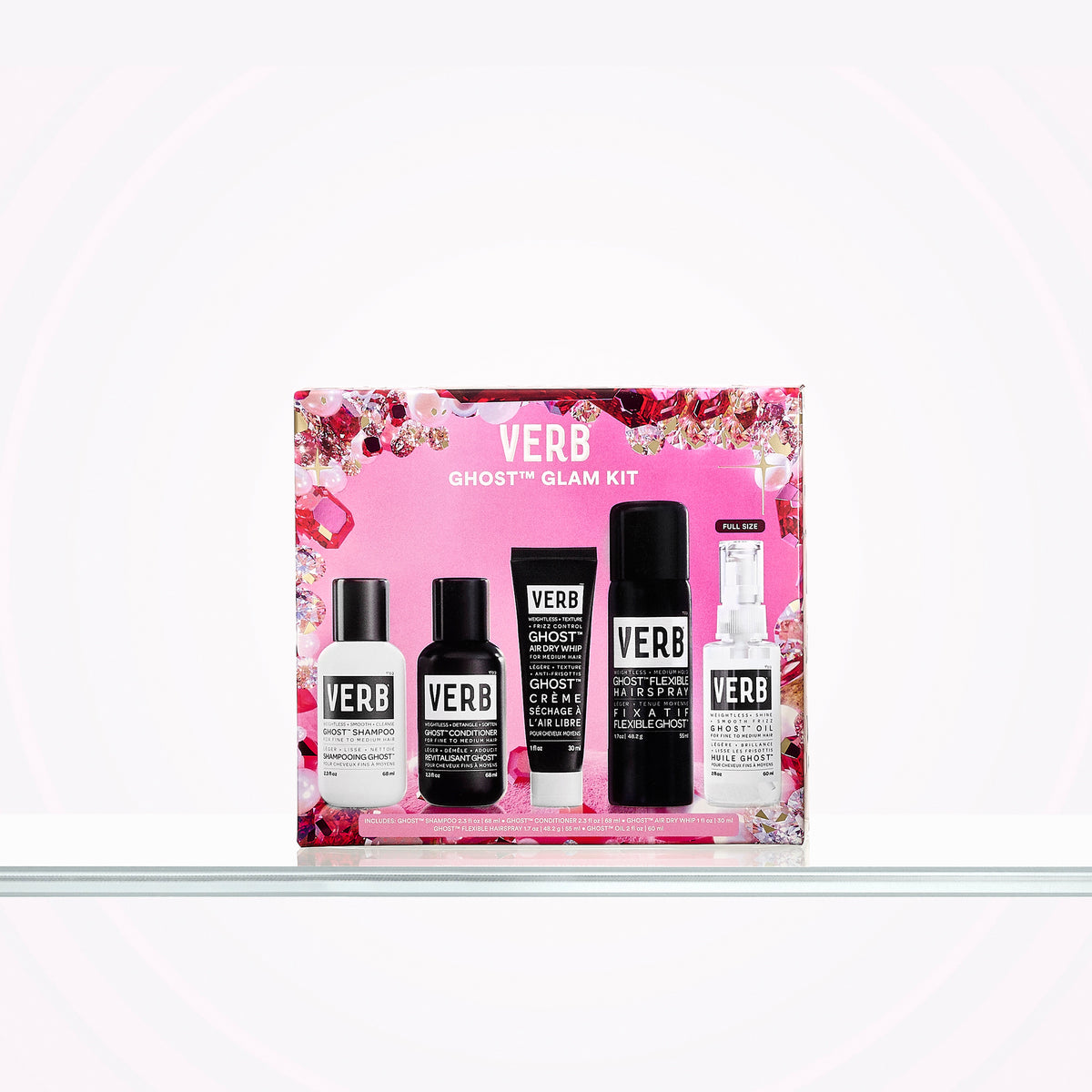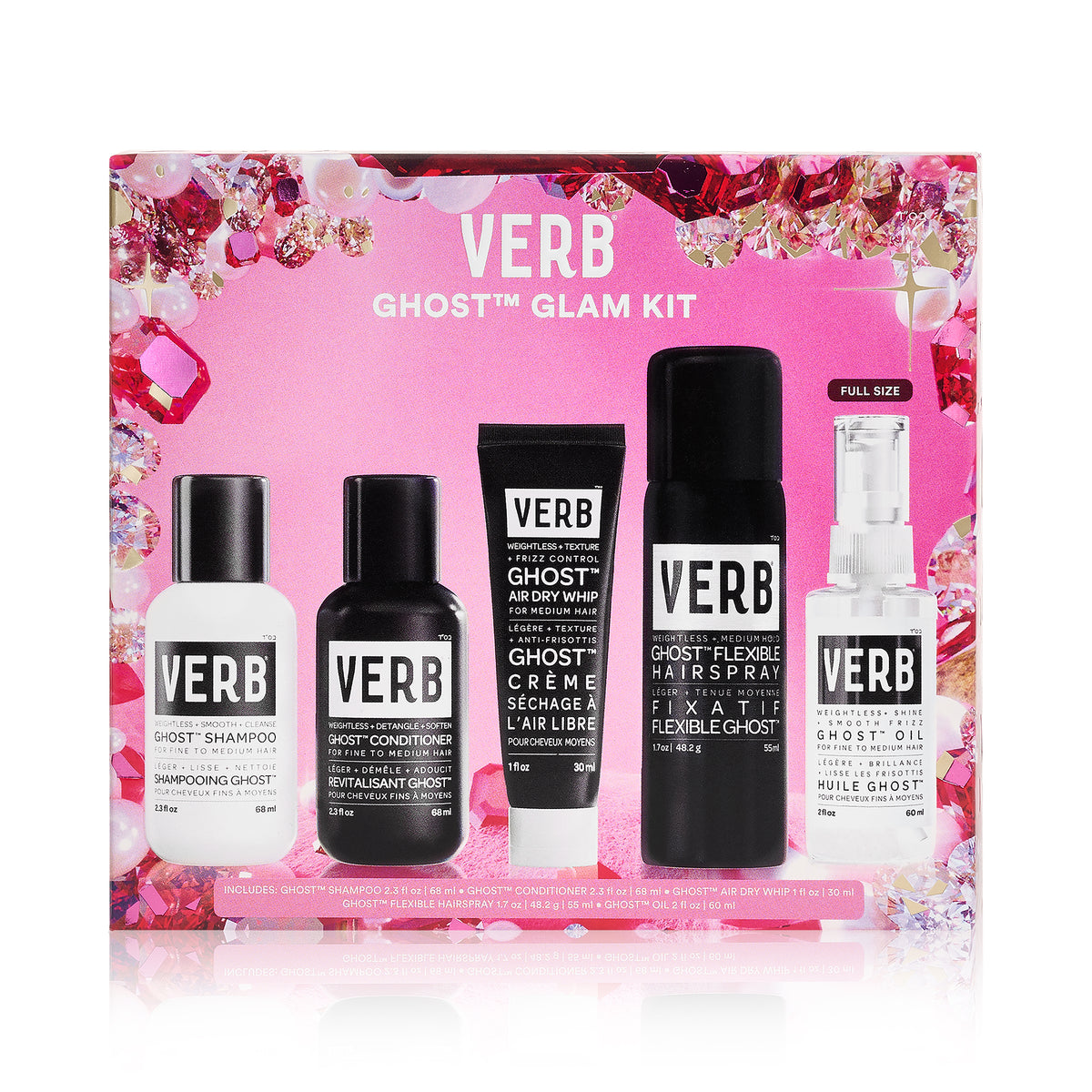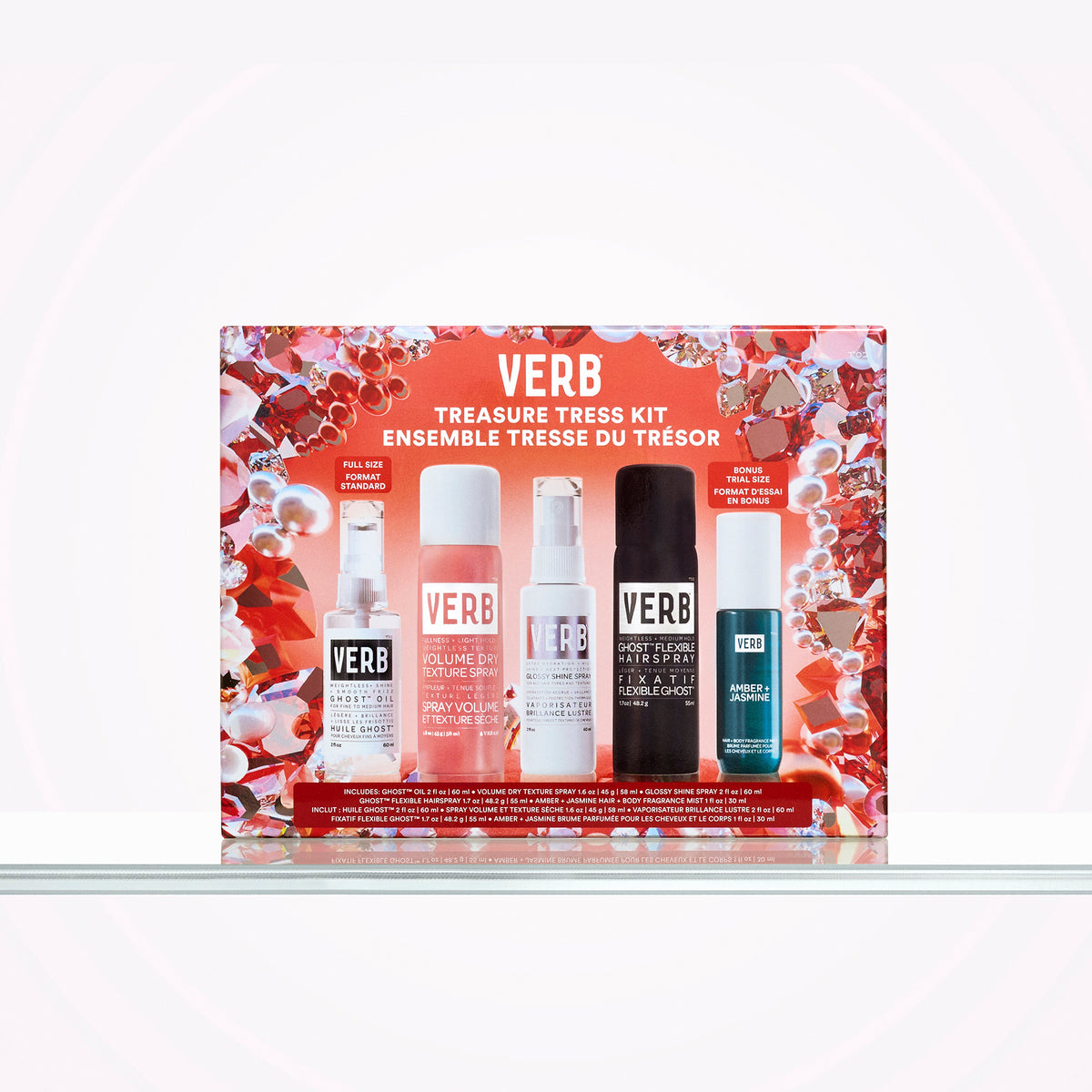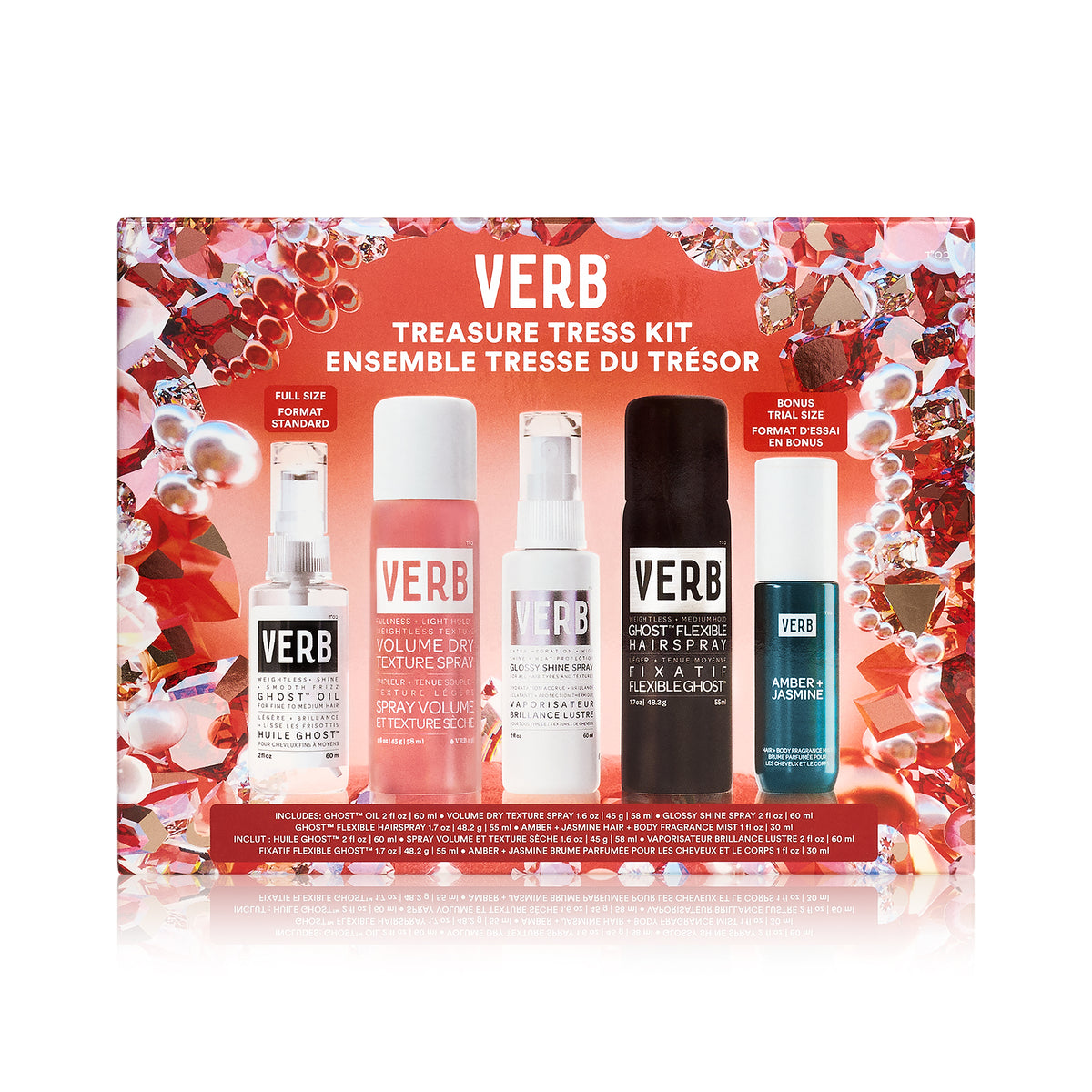
Modern hairstyling practices and tools have put us long past the days when your hair type determined if you could get a perm or not. In fact, there are a lot more options and different types of perms than there ever have been before, like the spiral perm, beach wave perm, body wave perm and so many more.
We’ve compiled everything you need to know about perms including what a perm is, how they work, how long a perm lasts and other common questions.
Find what you’re looking for:
- What is a perm?
- How do perms work?
- Types of perms
- What type of perm should you get?
- What to do before and after a perm
What is a perm?
A perm (short for “permanent hairstyle”) is a process that uses chemicals to change the texture of your hair to a permanent wave or curl. Perms alter the structure of your hair by using heat and chemicals to break the bonds that determine your natural hair texture (like straight or wavy).
Although perms have been around for over a century, it seems like new types of perms pop up every couple of years—and modern iterations of the once-dated style have made it trendy again. In fact, stylists have improved older styles with new techniques that give people several options to choose from depending on the desired shape and definition of the curls and waves.

How long does a perm last?
Most perms last between three and six months, but this can vary based on many factors like the type of perm you get and the length of your hair. Long hair can be more difficult to perm and curls will lose definition as your hair grows, so consider getting regular haircuts every couple of months to help maintain the look.
Proper care is so essential to maintain your perm's health and longevity. Our Hydrate Collection is specifically formulated to nourish and hydrate hair, keeping your curls defined and vibrant. Permed hair tends to be more prone to dryness and frizz, so using ultra-hydrating formulas helps maintain bounce without weighing your curls down.
How do perms work?
The specific steps of a perm process will depend on the type of perm you choose. For example, a spiral perm will use small rods and heat to create tight curls, while a beach wave perm will use large rollers to create loose waves. The chemical solutions also vary by perm style, and some perms require heat to achieve the desired look. Below you can see how the width of the rod can change the perm curl size:
How long does a perm take?
While the length of your salon appointment will also depend on the type of perm you’re getting, you should expect to be there for at least two hours. Certain perm types like a straight perm can take almost an entire day!
How much does a perm cost?
On average, the cost of a perm usually ranges from $80 up to $250, but it will vary depending on where you get the service done and the type of perm you choose.
Some perms involve more complex and time-consuming processes to achieve the look, which raises the price. You’ll also want to consider the cost of maintaining the look and how often it will need touch-ups.
Hot vs. cold perms
Before we discuss specific perm styles, it’s important to distinguish between hot perms and cold perms.
The cold perm is the traditional process used for most hair types, which applies an alkaline solution to dry hair wrapped around plastic rods to make it curl. On the other hand, a hot perm uses a similar process, but with an acidic solution and the addition of heat. The end result is that a cold perm results in tight, defined curls while a hot perm results in looser, softer curls.
Almost all perms use the cold process, but a few notable hot perm types include digital and straight perms.
Different types of perms
When you say perm, most people immediately jump to the classic 70s and 80s-era perms that were thick and voluminous. Times have changed, and there are now many types of perms to choose from. Regardless of whether you have long, short, curly or straight hair, there’s a perm style for your hair type.
| Type of Perm | Hair Type | Hair Length | Hair Outcome |
|---|---|---|---|
| Beach wave perm | Straight / wavy | Medium to long | Loose, tousled waves |
| Body wave perm | Straight / thin | Medium to long | Soft, voluminous waves |
| Digital perm | Straight / thin | Short to long | Waves or curls, smooth texture |
| Helicopter perm | Straight / wavy | Medium to long | Defined and uniform curls |
| Multi-textured perm | Straight / wavy | Medium to long | Natural, varied curl patterns |
| Partial/spot perm | Curly / thin | Short to long | Specific parts are curled |
| Pigtail perm | Straight / wavy | Medium to long | Crimped, deep waves |
| Pin curl perm | Straight / thin | Short to medium | Tight, vintage-style curls |
| Root perm | Curly / thin | Medium to long | Volume at the root |
| Spiral perm | Straight / wavy | Short to long | Tight ringlet curls |
| Stack perm | Curly / wavy | Short to long | Volume at the root, curls and waves on the ends |
| Straight perm | Straight / thin | Short to long | Sleek, straightened hair |
Spiral perm
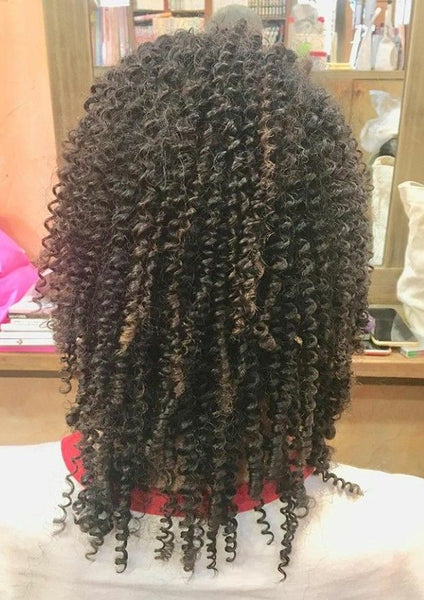
Source: Pinterest
A spiral perm is a popular choice for hair that’s shoulder-length or longer and involves rolling the hair onto a perm vertically to establish a spiral shape. Results will depend on the type of rod and chemicals used during the process, but spiral curls are generally very tight, twisted and bouncy. This can also be a great way to add volume to your hair.
-
Spiral perms typically last about 6 months.
Body wave perm
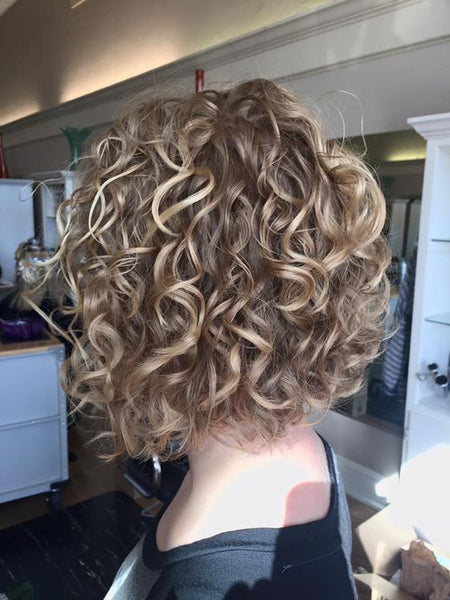
Source: Pinterest
Body wave perms are a popular choice for people who want to add volume and a natural wave to their hair. The body wave perm creates a relaxed look with larger, looser waves using large rollers. This is a great option for people with straight hair that doesn’t typically curl.
-
Body wave perms typically last about 3-5 months.
Beach wave perm
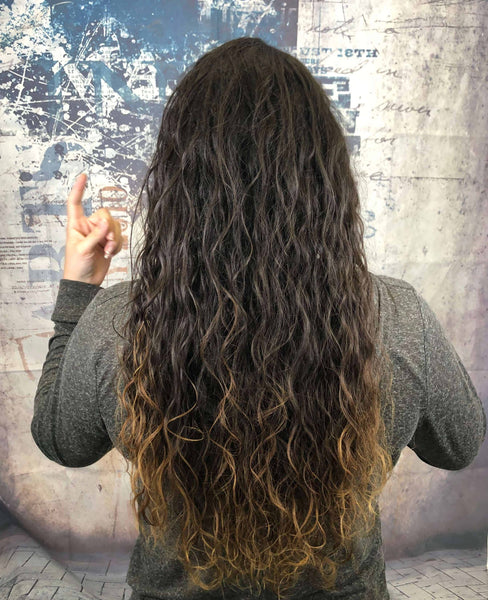
Source: Pilorum Salon and Spa
A beach wave perm is exactly what it sounds like — it creates waves that resemble the “just came back from the beach” look without the hassle of saltwater and sand. This look is popular because the loose waves are the perfect embodiment of minimal and slightly messy (in a good way) hair. To do this, your stylist can use soft, spongey rollers instead of traditional perm rods.
-
Beach wave perms typically last about 4 months.
Digital perm
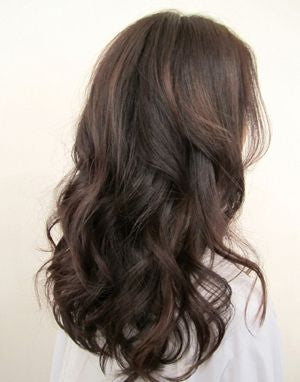
Source: Pinterest
The digital perm is one of Asia’s hottest hair trends and it’s reached international cultures like here in the U.S.. The “digital” comes from the use of infrared heat through temperature-controlled rods to create loose waves and natural volume on top of tight hair ringlets. In addition to the tech used in this treatment, gentle chemicals are used to recondition and repair the hair molecules in places where heat is applied.
-
Digital perms typically last about 4-6 months.
Helicopter perm
If you love that “perfectly undone” vibe, the helicopter perm might be your new go-to. This technique wraps sections of hair in a way that creates loose waves near the roots and more defined curls toward the ends—kind of like you just stepped off the beach but with a little more structure. It’s ideal for medium to long hair and gives you that effortless texture and movement that looks great on pretty much everyone.
-
The helicopter perm typically lasts for 3 to 6 months.
Pigtail perm

Source: Pinterest
The pigtail perm gives you those effortlessly cool, crimped waves—kind of like what happens when you take out tight braids, but longer-lasting. Your stylist will braid sections of your hair before applying the perm solution, locking in that wavy texture. It’s a great option if you want extra volume and a fun, tousled look.
-
This type of perm lasts for around 4 months with the right care.
Pin curl perm
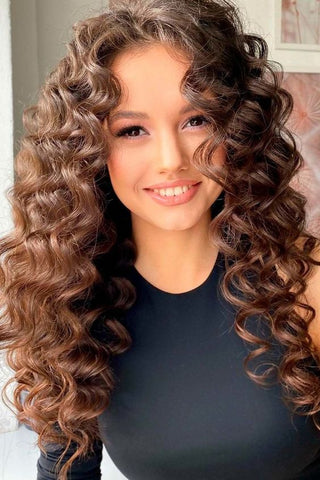
Source: Pinterest
The pin curl perm is a great curly style for shorter hair lengths. It uses a combination of pins and curlers to create tight, bouncy curls that add movement to your hair. The looseness or tightness of the curls created will vary based on the size of the curlers. This type of perm doesn’t use harsh chemicals—but this also reduces how long the style lasts.
-
Pin curl perms typically last about 3-6 months.
Partial perm (or spot perm)
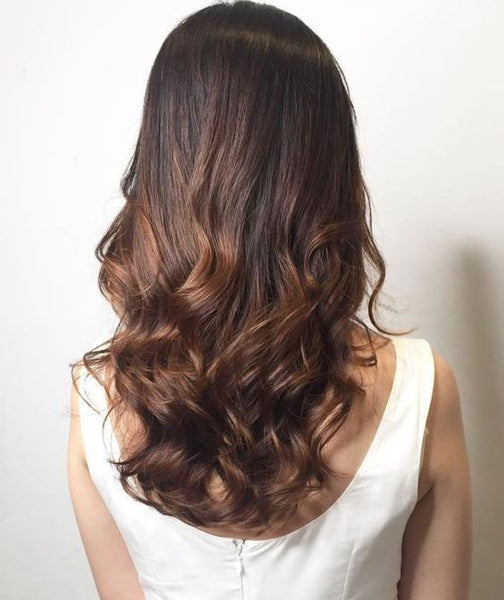
Source: Pinterest
A partial perm is sometimes known as a spot perm because it targets a specific section of hair rather than the entire head. Partial perms can be used to add volume in a specific area, cover thin spots or create a uniform look if you have curls on only one side of your head. Chemicals are used to relax the hair, which is then wrapped around a perm rod. A stylist will help you determine which areas to perm and which to leave alone so that the result seamlessly blends into your natural hair.
-
How long partial perms last can have a wide range that depends on the area, size and style of what you’re looking for.
Root perm
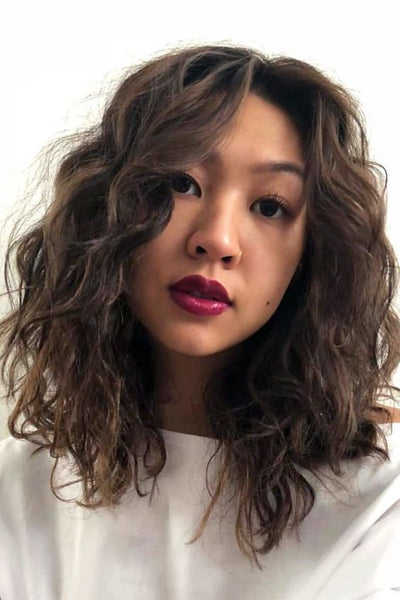
Source: Pinterest
Root perms are a type of partial perm that is done specifically near the roots, usually within two to four inches from the scalp. Perming hair at the roots helps add lift and volume and it avoids damaging the rest of your hair if you’ve already permed it. Root perms are very low maintenance, but they also don’t last very long, meaning you’ll have to head back to the salon for regular touch-ups.
-
Root perms typically last about 1 month.
Stack perm

Source: Pinterest
Yet another variation of a partial perm, the stack perm leaves the roots alone and instead focuses on the middle and lower sections of hair. It’s ideal for adding volume and creating a layered look. This uses different rod sizes on the middle and lower sections of hair to seamlessly blend your natural hair with the new curls and waves. Similar to the other types of partial perms, this doesn’t require much maintenance.
-
Stack perms typically last about 4-5 months.
Multi-textured perm
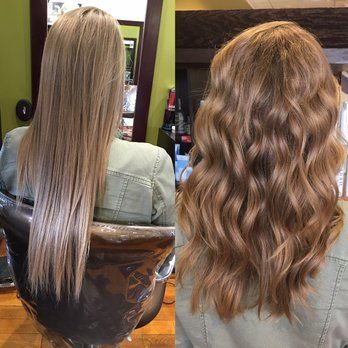
Source: Pinterest
This style is a great way to create natural-looking curls that vary in texture. Like a stack perm, your stylist can use different-sized rods and rolls to create a combination of tight and loose curls. This results in a layered style that closely resembles natural curls that vary in tightness. It’s best suited for hair that’s medium-length or longer, and it should last for a few months depending on the variations you choose.
-
Multi-textured perms typically last about 3-4 months.
Straight perm
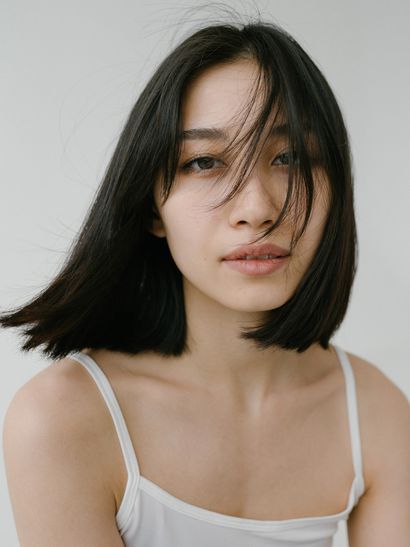
Source: Pinterest
This last style is for those who already have curly hair naturally or through a perm and want to reverse the process. The straight perm (or reverse perm) is a Japanese type of hot perm that applies heat (usually with a flat iron) and chemicals to straighten hair. The results are long-lasting, which is why some people choose this option instead of other hair straightening techniques.
Straight perms are low maintenance on a day-to-day basis but the treatment itself usually takes between six to eight hours, so plan accordingly. This treatment can also damage your hair, so make sure to properly care for your hair after getting it (like with our Bonding Collection).
-
Straight perms typically last about 6-7 months.
What type of perm should you get?
When choosing a perm, it’s important to consider your hair length and texture. Some perms are best suited for long hair, while others are intended for short hair. Your hair’s natural texture also comes into play and you may want to choose a style that accentuates it or changes it completely (like using a volumizing perm on fine or flat hair). Looking at pictures and talking with a stylist can also help come to a final decision.
What to do before a perm
Before your perm appointment, keep it straightforward. Arrive with clean, unconditioned hair — no heavy products. If you've colored recently, wait a couple of weeks and share any chemical treatment history with your stylist. Whether it's loose waves or tight curls, having a visual reference or discussing your preferences with your stylist ensures you both are on the same page.
What to do after getting a perm

"Isn't the first cardinal rule of perm maintenance that you're forbidden to wet your hair for at least 24 hours after getting a perm at the risk of deactivating the immonium thygocolate?"
Stay away from the shower in the first 24 hours after getting a perm. Washing your hair too early may cause the tightness of the curls to change and can have a major effect on your look. This is so important that Elle Woods from Legally Blonde won her first court case by pointing out that the witness must have been lying after she claimed to have taken a shower directly after getting a perm.
Hydration is also key because the perm process removes moisture so consider using a deep-conditioning treatment like our Hydrate Mask after your treatment. Some other products we love to recommend for perms include:
- After perming, continue to nourish your curls with our Hydrate Leave-In Conditioner. This lightweight formula helps to hydrate hair, reduce frizz and detangle, making it easier to manage your new curls.
- For styling, our Hydrate Styling Cream can provide light hold while taming frizz and adding definition to your curls. Its hydrating properties help your hair to remain smooth and nourished.
- And when we’re craving some texture, we also love to use our Sea Spray or our Volume Dry Texture Spray.
- To help add shine and further reduce frizz, apply a few drops of our Hydrate Oil. This rich oil blend provides moisture and enhances shine..
- And finally, try our Ghost™ Exfoliating Scalp Nectar to help prevent scalp buildup over time (which will weigh down your curls and waves).

A lightweight serum that gently exfoliates and helps remove build-up for a clean, nourished and refreshed scalp
Can you perm colored hair or dye it after?
You can perm colored hair, but it’s not recommended to do these processes one after another because they both tend to dry out strands. Instead, consider doing one process and then waiting a month or so for your hair to recover before starting the next.
If you're planning to dye your hair before getting a perm, it's crucial to ensure your hair is well-moisturized. Use our Hydrate Shampoo and Hydrate Conditioner to gently cleanse and detangle your hair, providing the necessary hydration to withstand chemical treatments.
Take care of your hair
In the journey to embrace your unique hair texture, whether permed, curly or any other type, it's crucial to provide personalized care. Our hair products are crafted with the formulas and benefits to cater to all hair types and textures. Remember that beautiful hair is diverse and our commitment is to help you celebrate and care for every strand. With products designed for all hair, your journey to vibrant, healthy hair is as unique as you are.
Have more questions about perms? DM us on Instagram @verbproducts and we’ll answer all your hair care concerns.
If you want more product recs for your unique hair type, texture, concerns and goals — check out our free hair quiz for personalized recommendations.
